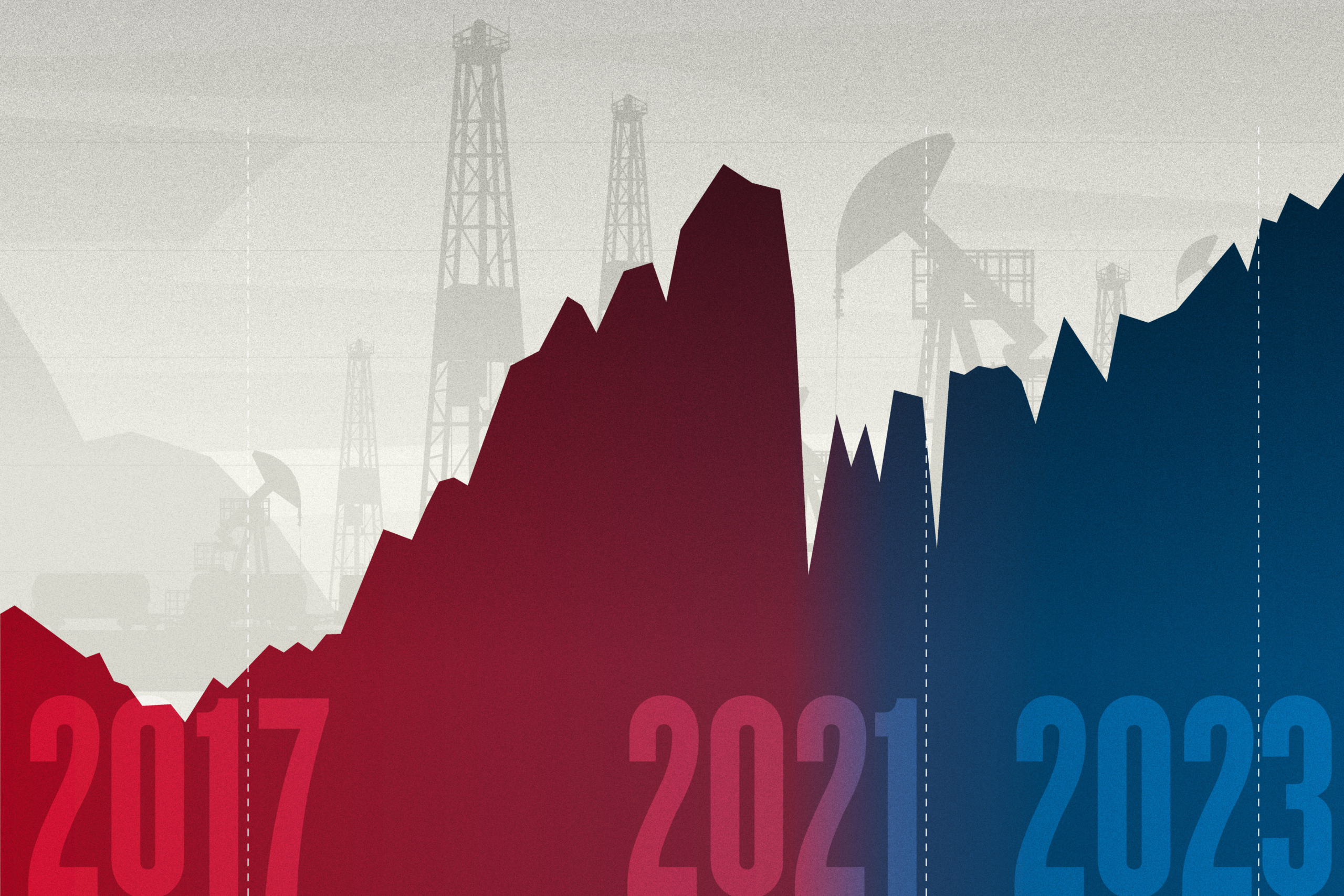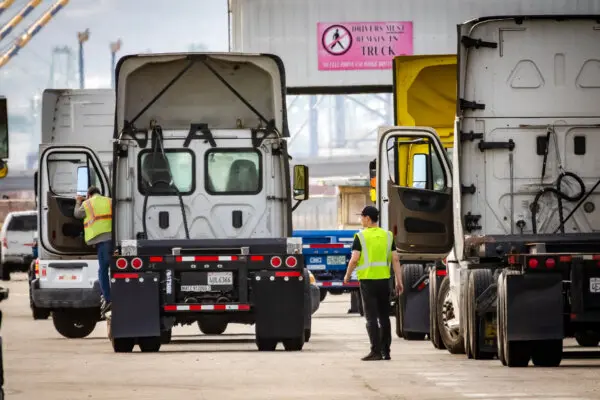The U.S. Energy Information Administration (EIA) is predicting that the United States is on track for record production of oil and gas in 2024, although some industry experts say there’s trouble brewing behind the scenes that could curtail supply in coming years.
The EIA stated in a Sept. 12 outlook that it expects U.S. crude oil production to rise to 12.8 million barrels per day (bpd) in 2023 and 13.1 million bpd in 2024 from an average of 11.9 million bpd in 2022. U.S. production of natural gas was similarly projected to rise to 103 billion cubic feet per day (cfd) in 2023 and 104 billion cfd in 2024 from 98 billion cfd in 2022.










